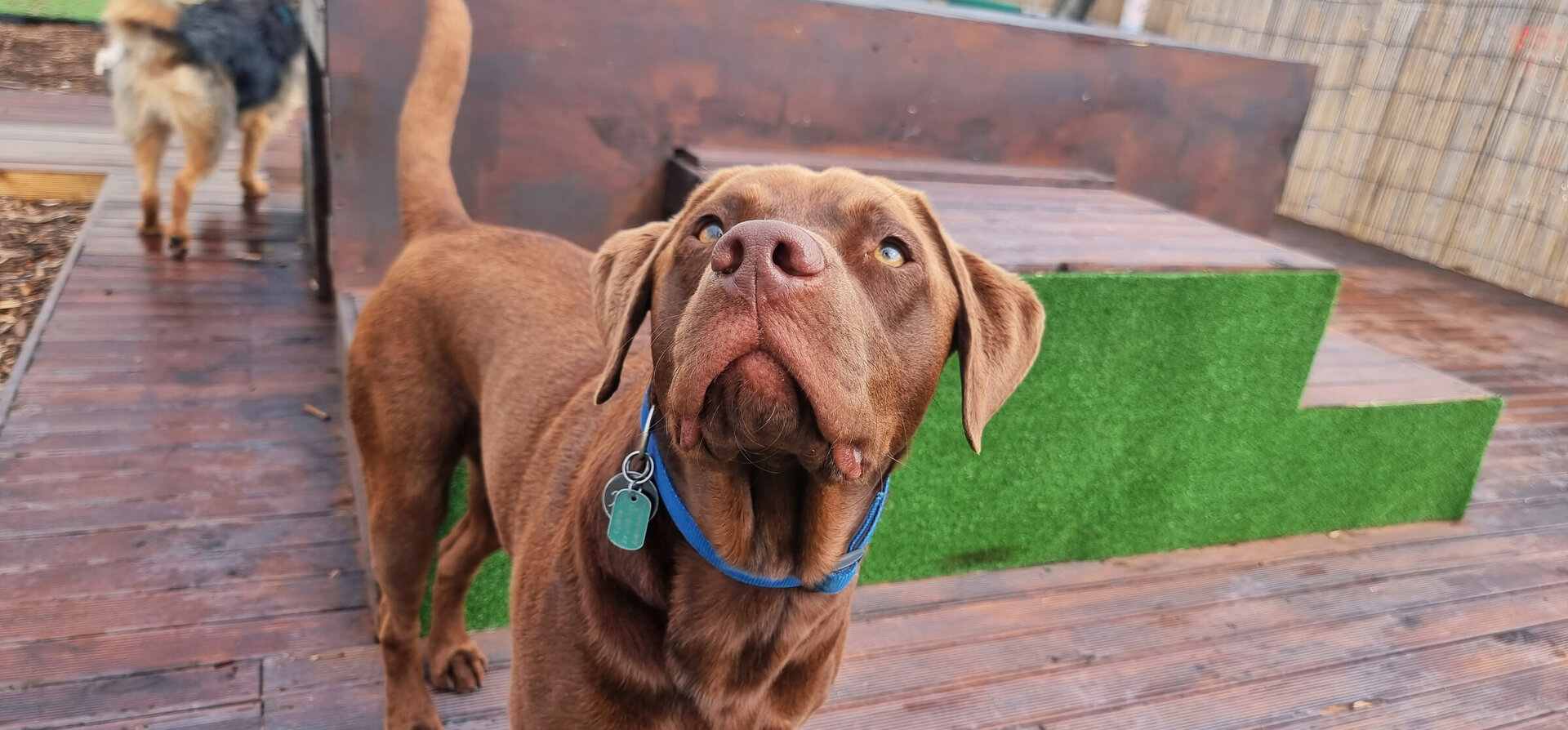Use multiple crates
Use MULTIPLE crates when first starting, or move the crate with you so the pup can be nearby. I suggest a bedroom crate for overnight, and a living/dining area crate for TV or meal times.
Practice
PRACTICE many times on the days that you are home with the pup! You don’t want their crate to only associate with being left alone. I suggest a maximum of 2 hours “up” time without a crate nap, puppies need a lot of sleep and don’t often know it.
Toileting
ALWAYS potty your puppy right before and after going in their crate. Bring treats outside with you and reward them right AT the place they go potty, don’t rush back inside.
Use Scent
use SCENT ITEMS of yours either in or just outside the crate when you can’t be close. An old pair of shoes, a worn T-shirt, etc. Something to reassure the pup that you haven’t gone forever.
Get the right size
CRATE SIZE is important, bigger is not better! Having too little or too much space both work against you when teaching pups to settle and feel secure in their crates.
background noise
WHITE NOISE/ Background noise can help drown out outside disturbances that might alarm your puppy or make it difficult for them to settle. I use radios, box fans, white noise machines, etc. Turning it on can be part of your “crate routine.” (P.S. there are some great playlists on youtube & spotify)
keep a routine
ROUTINES can really help a pup understand and transition to quiet crated rest time. Make a show of going potty, talking quietly, turning down lights, getting the special crate reward, and turning on background noise. Abruptness is hard for pups, predictable transitions are soothing.
keep special rewards handy
EXTRA SPECIAL crate reward items should be reserved ONLY for crate time; frozen filled kongs or applesauce cups, bully sticks, antlers, flavored chew items, etc. This makes crating something to look forward to and somewhere they want to be. View our safe chews range here
Consistency
Be CONSISTENT about what behavior gets them back up from nap times, but don’t make it too hard to begin with; quiet patient waiting is desirable. Try to catch them when they are still asleep or busy chewing something and praise them and get them up again.
Patience
Remember, this is all new to your puppy too. They have no idea what the rules are, how this place works, why it’s all different. There is no way to explain it to them without showing them and walking them through it with gentle patience. Some fussing and frustration is normal with all babies!
Keep crates positive
Don't use crates for punishment! Crates should be a safe space for your puppy.
It is so tempting to put a misbehaving puppy in his crate. We have all been in a situation where that little obnoxious dog has shredded the 12th roll of toilet paper and we wanted to just lock him up. Using the crate as a time-out however will destroy the positive and calm associations that we built up in step 1. The crate is not a tool for disciplining your puppy!
If we put a wild, rambunctious puppy into his crate, he is likely to not be happy. We don’t want then puppy to associate the crate with being riled up and mad. We need him to know that the crate is a place of relaxation and sleep. A very wild puppy is not able to calm himself down sufficiently yet. We need to help him to relax.
If your puppy is full of trouble, try tethering him to you instead: put a leash on him and tie it on to your belt loops while you work on the computer, read a book or watch TV.
That way you can physically prevent your puppy from more destruction while also teaching him that getting too wound up is followed by some necessary down-time.
If it is not possible to tether the puppy, you can put him into a small, safe room: perhaps a bathroom or mud room. There he again cannot cause more trouble, and he will not view the time-out as linked to his crate.
tie-out self reward toys
Tie-out toys are toys such as a kong with line tied to a safe area for the dog (for example, in the crate, in a puppy pen etc), filled with a super high reward treat, food or chew. Ideally, this should only be available in this toy. Puppies will then have to choose to take themselves away from you and into the crate for said treat. We recommend leaving the crate door open while they are chewing away
Tip - this also helps prevent separation anxiety!
feed their meals in their crate
An easy and quick way to show your dog how fun the crate can be is to feed the meals in the crate. You can either put his filled food bowl into the crate, or even toss individual pieces inside. Once your dog is in the crate and eating, you can close the door for several minutes until he is done.
The idea behind this is that your dog will associate a positive emotion with anything that involves food. (You can also use this when e.g. trying to make vet visits more fun).



